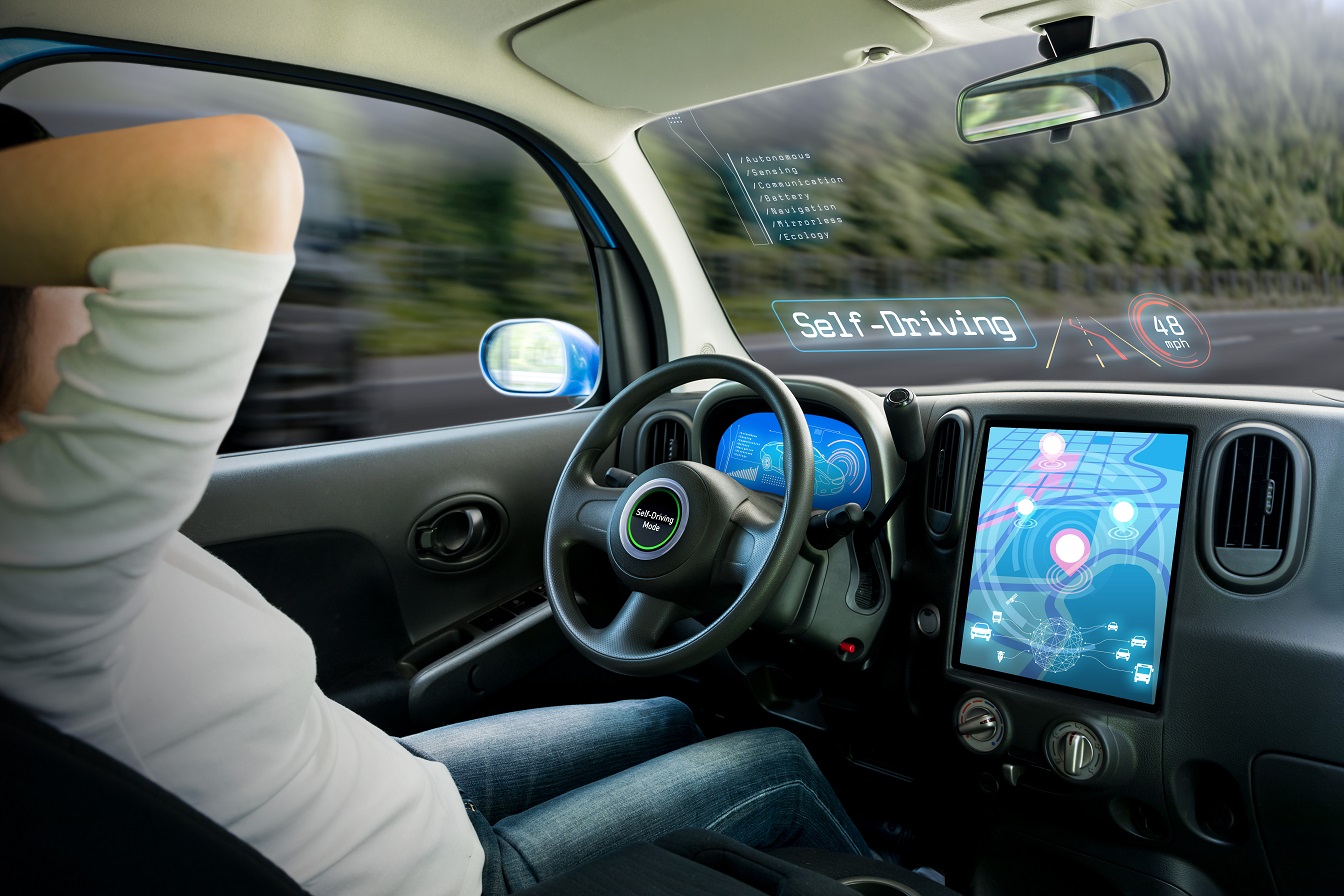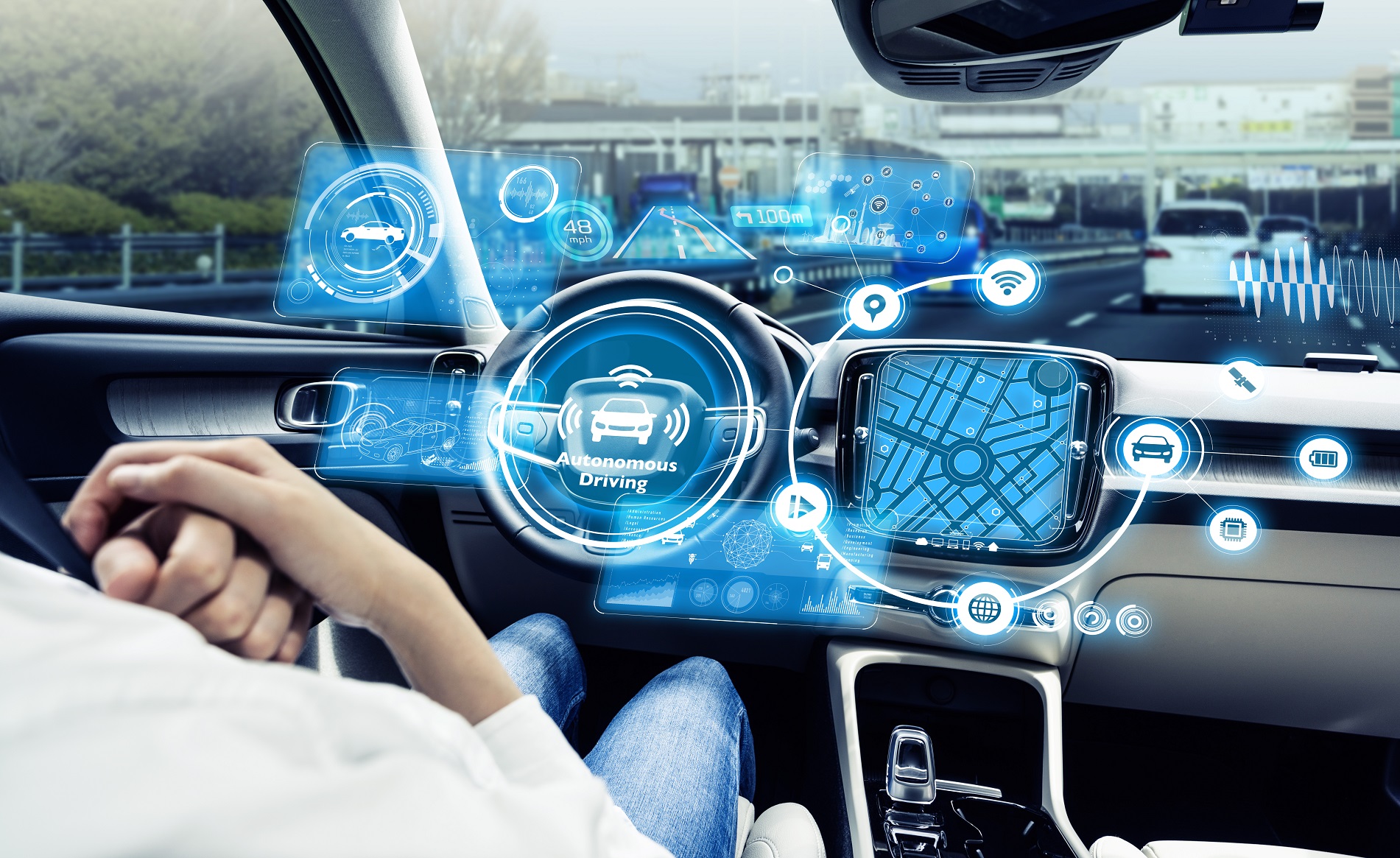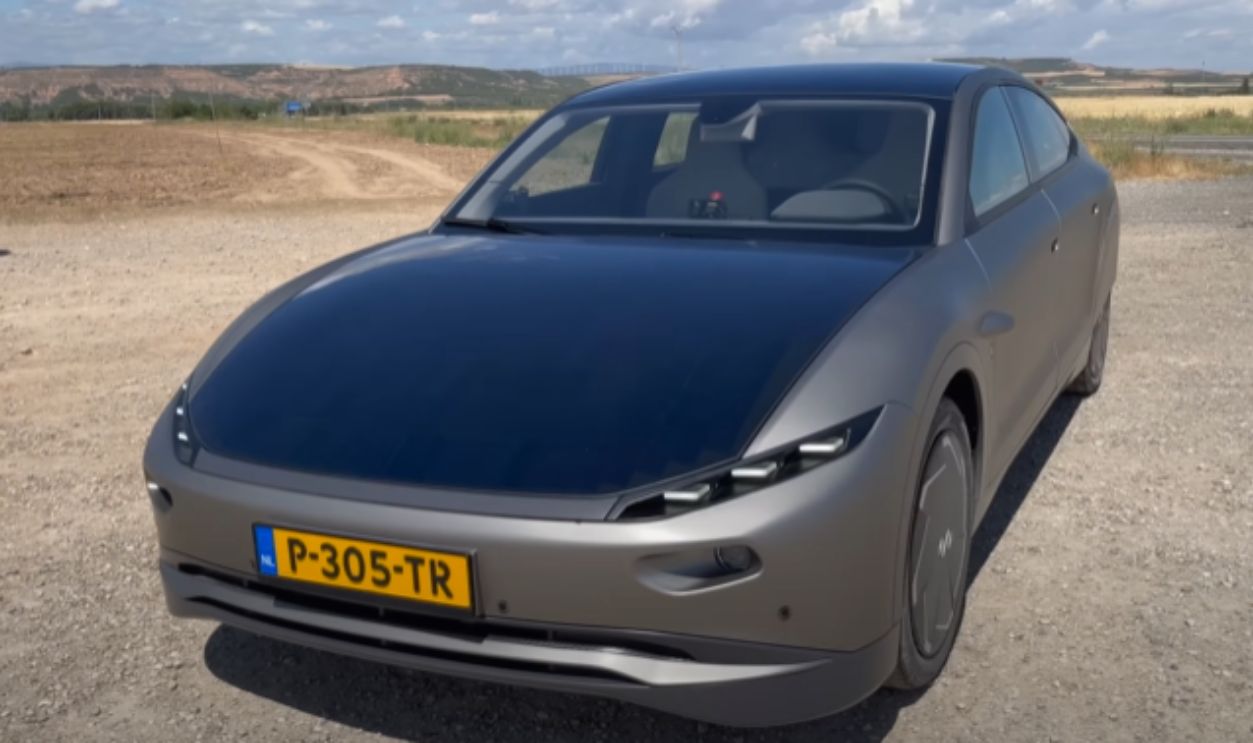Efficiency Is The Goal
Imagine getting into your car and taking a nap, and then voila, you are at your destination. Dream no more because this is now a reality, and here is an account of 22 innovations that will most certainly change how we drive.
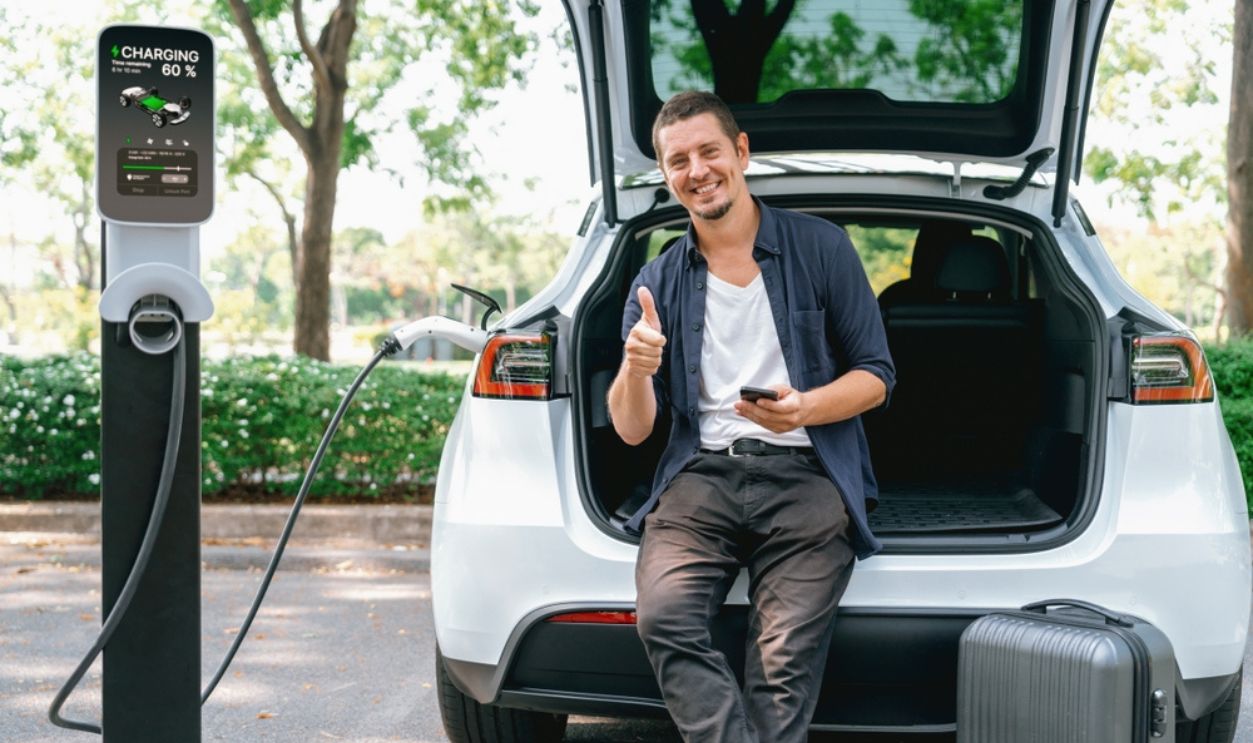
Autonomous Driving
Autonomous driving is changing the way people think about cars. A once fully operational machine by hand now comes with self-driving technology. Tesla’s Autopilot is one example that uses a combination of sensors, cameras, and AI to maneuver the road with minimal human input.
A Brighter Hand-Free Future
Goldman Sachs Research reports that by 2030, experts predict that about 10% of the cars on the roads will be partially autonomous. Picture a world where you don’t have to touch the wheel. With companies like Waymo and Cruise pushing forward, autonomous driving could become mainstream sooner than expected.
Electric Vehicle Batteries
Another significant switch in the making is cars having electric batteries. Tesla seems to be in the game of changing how we drive here as well with its latest battery that can last up to 500 miles on a single charge. Another benefit it presents is faster charging.
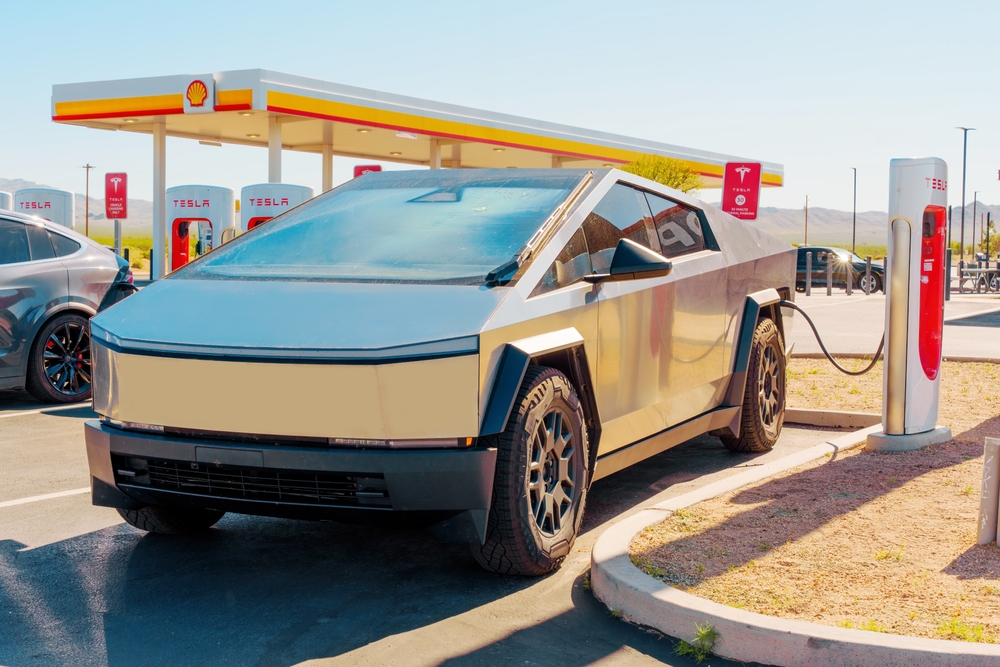 Chizhevskaya Ekaterina, Shutterstock
Chizhevskaya Ekaterina, Shutterstock
From Mechanical To Electrical
Did you know that several nations around the globe are on a mission to phase out gas-powered vehicles by 2035? This makes EVs a more attractive option for everyone. The European Union, Japan, and several US states have committed to this ban. These batteries offer longer ranges and enhanced safety.
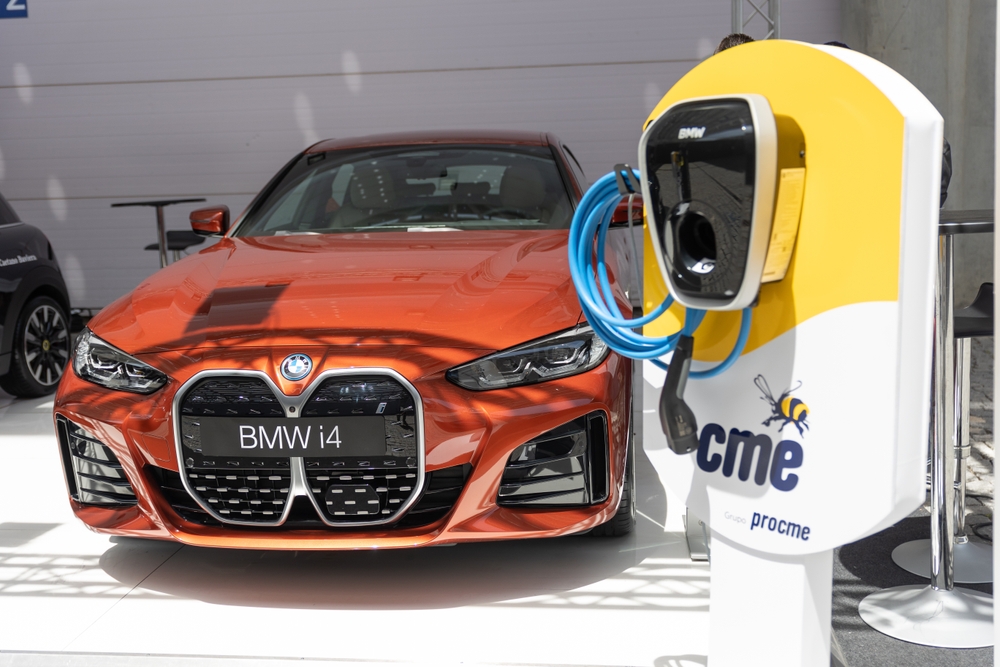 KONSTANTIN_SHISHKIN, Shutterstock
KONSTANTIN_SHISHKIN, Shutterstock
Vehicle-to-Everything (V2X) Communication
Car safety is also about to change, thanks to Vehicle-to-Everything (V2X) communication. This tech allows cars to interact with infrastructure, vehicles, and pedestrians. Think of it like cars conversing with other items in their surroundings. They exchange real-time data to prevent accidents. That's V2X in action!
 Vehicle-to-Everything (V2X): Unlocking the Future of Connected Mobility by Kash video blocks
Vehicle-to-Everything (V2X): Unlocking the Future of Connected Mobility by Kash video blocks
Machine Talk
This system will reshape traffic dynamics by making roads safer for everyone. It works by using dedicated short-range communication (DSRC) or cellular technology, enabling vehicles to react faster than humans could. Shortly, expect to see cars that talk to each other, making collisions a thing of the past.
 Vehicle-to-Everything (V2X): Unlocking the Future of Connected Mobility by Kash video blocks
Vehicle-to-Everything (V2X): Unlocking the Future of Connected Mobility by Kash video blocks
Augmented Reality Dashboards
Say goodbye to boring traditional dashboards that look the same on all cars. Then, say hello to the new and better Augmented reality (AR) dashboards. Similar to the older versions, you’ll still see vital information like speed, navigation, and hazards but in a better way—directly onto your windshield.
All Eyes On The Road Please
This means no more taking your eyes off the road. Companies like Mercedes-Benz and BMW are already testing this mind-blowing tech. With AR dashboards, experience a futuristic and interactive driving experience. They can display road signs, directions, and speed limits in real-time.
 BMW iX: navigation with Augmented Reality Video - real-life test :: [1001cars] by 1001cars
BMW iX: navigation with Augmented Reality Video - real-life test :: [1001cars] by 1001cars
Airless Tires
Tired of dealing with flats? Airless tires are here to change the game. Airless tires are first made of durable materials and don’t rely on air pressure. No more stopping for air and coffee. Just coffee. A great example is the Michelin’s Tweel, which lasts longer than standard tires.
Just How Long?
Michelin attests that the Tweels can go 4,000 hours; the additional perk is a 6-year limited warranty. Such airless tires are perfect for anyone looking for a low-maintenance, hassle-free driving experience. They’re already used in off-road vehicles and could soon be in passenger cars.
 Tweel skid steer loaders comparison | Michelin by Michelin
Tweel skid steer loaders comparison | Michelin by Michelin
Solar-Powered Vehicles
Yes, solar has made it to the automotive universe. This is where you’ll never have to plug your car in again. Solar-powered vehicles, like the Lightyear 0, use solar panels to charge the battery as you drive. The solar cells on the roof, hood, and windshield harness sunlight to power the car.
 New Lightyear 0 | World’s First Production-ready Solar Car | Reveal & Specs by Planet Car News
New Lightyear 0 | World’s First Production-ready Solar Car | Reveal & Specs by Planet Car News
An Idea Coming To Life
Once considered a distant possibility, the concept of a solar-powered car is gradually taking shape. While the Lightyear 0 still relies on charging, its ability to harness solar energy during the day marks a significant step forward. Perhaps soon, we’ll have fully solar-powered versions.
Over-the-Air (OTA) Software Updates
If you dread that dealership trip, you’ll be happy to know that thanks to over-the-air (OTA) updates, your car gets a software refresh without lifting a finger. Tesla (as expected) was a pioneer, rolling out remote updates to improve everything from navigation to performance. Pretty cool, right?
 HOW DO OVER-THE-AIR SOFTWARE UPDATES WORK? // TESLA MODEL 3 by Lexi Heft
HOW DO OVER-THE-AIR SOFTWARE UPDATES WORK? // TESLA MODEL 3 by Lexi Heft
The Automatic Fixer
OTA updates let manufacturers fix issues, install new features, and fine-tune performance remotely. Mechanics need to advance their careers into a new era because this tech will drastically reduce the need for visits to their shops. Soon, your car will just get smarter with one upgrade.
 How Tesla and BMW do OTA software updates by Tesla Info
How Tesla and BMW do OTA software updates by Tesla Info
Smart Glass Technology
Smart glass technology is the addition that completely flips the script on how we experience in-car comfort. Windows automatically adjusts tint depending on the sunlight; your cabin cools, and there are no more uncomfortable glares. Cars already using this tech: Audi A8, Volvo XC90 and S90, and….
 2025 Volvo XC90 SUV Experience by MyCar
2025 Volvo XC90 SUV Experience by MyCar
Tesla Is Represented Here, Too
Tesla Model S, Model 3, and Model X already have this smart tech. These glass panels change opacity in real-time, and this helps reduce the car’s energy consumption by controlling heat gain from the sun. Over time, this innovation could become a standard feature in all new vehicles.
 Top Features of the 2022 Tesla Model X! by Black Tesla
Top Features of the 2022 Tesla Model X! by Black Tesla
360-Degree Cameras
Getting into tight spots just got a whole lot easier. 360-degree cameras help you see your car’s surroundings in real-time. You also get a bird’s-eye view of your vehicle’s position. The Audi A8 already has this tech in play. Parking and moving through narrow spaces are now a breeze in this car.
The All-Seeing System
The system uses multiple cameras around the vehicle to create a panoramic view of what’s around you. It’s like having eyes everywhere. They help you avoid obstacles and parking mishaps. Whether it’s parallel parking or pulling into a tricky garage, these cameras make you a parking pro.
 360-Degree Surround View Cameras: How Do They Work? | Ride Tech by RideTechNews
360-Degree Surround View Cameras: How Do They Work? | Ride Tech by RideTechNews
Personalized In-Car AI Assistants
Your own car personal assistant? Yes, please. Such an AI assistant can take your driving experience to the next level. You simply tell your car, “Annie (its hypothetical name), it's hot outside; cool things down for me”. Or “ Please schedule a dentist appointment next week”, and it happens.
 Have You Met Nomi - The BEST AI Car Assistant!? by E for Electric
Have You Met Nomi - The BEST AI Car Assistant!? by E for Electric
There Is Evidence Already
Companies like Amazon are already using this tech through Alexa integration. These personalized solutions cater to your every need—even go as far as analyzing your routines and providing traffic updates to controlling in-car functions.
 Revolutionizing Vehicle Assistance: BMW's AI-Powered Alexa LLM Voice Assistant by Automoto Network.
Revolutionizing Vehicle Assistance: BMW's AI-Powered Alexa LLM Voice Assistant by Automoto Network.
Smart Seats With Massage And Heating
Did you just come from the gym and have a few back muscle aches? No problem. Or is it a little too cold? Again, no problem. Why? Because new smart seats, found in luxury cars like the Mercedes S-Class, now offer massaging and heating features. Oh, there's one more thing.
 The Rear Seat Experience of the New S-Class by Mercedes-Benz
The Rear Seat Experience of the New S-Class by Mercedes-Benz
They Are Foam-Fitting
Besides the heat and the massage, these seats also adjust to your body’s contortions. These seats can even track your posture and adjust for a better driving experience. These smart seats are one word—therapeutic. Long drives or short ones, no more back pain.
 Mercedes-Benz EQS 450+ | How to use the massaging seats by Autoblog
Mercedes-Benz EQS 450+ | How to use the massaging seats by Autoblog
Advanced Driver Assistance Systems (ADAS)
Safety is always at the top of new inventions, and when car makers introduced Advanced Driver Assistance Systems (ADAS) in the 1970s, they didn’t miss. The earlier versions were basic, mainly offering warnings. Today, we have lane-keeping assist, automatic emergency braking, and adaptive cruise control, all on steroids.
 Ian Maddox, CC BY-SA 4.0, Wikimedia Commons
Ian Maddox, CC BY-SA 4.0, Wikimedia Commons
A Driver’s Assistant
These systems act as your car’s co-pilot. As of 2023, over 90% of new cars in the US came equipped with at least six forms of ADAS. These integrations utilize sensors and cameras to monitor the car’s surroundings and assist with various driving tasks.
 ADAS Testing - Advanced Driver Assistance Systems Testing with Dewesoft by Dewesoft
ADAS Testing - Advanced Driver Assistance Systems Testing with Dewesoft by Dewesoft
Hydrogen-Powered Vehicles
We all know hydrogen as the lightest element, but decades back, it was just that. Today, you’ll find researchers deep in books and labs trying to develop Hydrogen-powered cars. We already have evidence of success: The Toyota Mirai uses hydrogen fuel cells to produce electricity and power the motor.
 How Do Fuel Cell Vehicles Work? | Electrified Powertrains Part 6 | Toyota by Toyota USA
How Do Fuel Cell Vehicles Work? | Electrified Powertrains Part 6 | Toyota by Toyota USA
The Major Advantage?
These hydrogen-powered cars have to be the most eco-friendly rides because they emit only water vapor. This is the true zero-emission car, and its kind is gaining traction as an eco-friendly alternative to traditional gasoline-powered cars. Ready to own one once they hit mass production?
 Toto Santiko Budi, Shutterstock
Toto Santiko Budi, Shutterstock
Driver Monitoring Systems
If you are tired, distracted, or just looking gloomy, the Driver monitoring systems use cameras and sensors to track your eyes and facial expressions. If it detects fatigue or distraction, it sends alerts to help keep you focused. They work hand in hand with ADAS systems to keep you alert and safe.
 Driver Sense - Driver monitoring and identification system 2 by Cipia
Driver Sense - Driver monitoring and identification system 2 by Cipia
Again, All Eyes On The Road
This technology is already being rolled out in vehicles like the 2024 Nissan Altima. We expect more cars to come with this feature in a few years. The main goal is to ensure that you stay alert and in control, no matter how long the journey is.
 2024 Nissan Altima Review | Yes, they still sell them. by Jimmy Mak (J.Mak Media)
2024 Nissan Altima Review | Yes, they still sell them. by Jimmy Mak (J.Mak Media)
Biometric Vehicle Access
Forget about keys or push-to-start buttons—those are basic. Say hello to biometric vehicle access that uses fingerprint and facial recognition to open your car. BMW and Lexus are leaders here. Like phones today, your car opens and starts just by seeing your face.
 2022 Lexus LX fingerprint sensor setup (Australia) by Kenneth Valenton
2022 Lexus LX fingerprint sensor setup (Australia) by Kenneth Valenton
A Truly Hands-Free Experience
This level of security adds convenience and keeps your car safe. It’s a level of personalization that ensures only you can access your vehicle. This might just become a standard feature in many high-end and even mid-range models. Fingers crossed.
 Fingerprint Authentication System | Hyundai by HyundaiUSA
Fingerprint Authentication System | Hyundai by HyundaiUSA
360-Degree LED Lighting Systems
Currently, when you are driving in dark spots, you constantly have to switch between headlight modes. But now, with 360-degree LED lights, you get that all-round view from every angle. No more dark spots. The Audi A8 dynamic lighting adjusts to your speed and environment.
You See Even When It Is Dark
Driving in low-light conditions is about to become a breeze. Another plus? These systems are customizable to fit your mood or driving style. Such customizable lighting helps reduce glare for both the driver and oncoming traffic. They can also automatically dim when entering a tunnel or parking garage.
Car-to-Grid (V2G) Technology
The Car-to-Grid (V2G) technology turns your electric vehicle into a mini power station. It uses bi-directional charging, where your car can send energy back to the grid when it's not in use. Remember the solar-powered tech? Here is where it can shine.
 Virta V2G charging in practice by Virta Ltd
Virta V2G charging in practice by Virta Ltd
Driving An Entire Charger
This technology is a charger feeding the grid, which can supply power to homes and business establishments. As more electric cars are integrated into this system, you could see a shift in energy usage. The result? Lower electricity costs and more sustainability—a win-win for drivers and the environment.
 Vehicle-to-Grid technology (V2G) turns Nissan electric cars into energy hubs by Nissan Europe
Vehicle-to-Grid technology (V2G) turns Nissan electric cars into energy hubs by Nissan Europe
Gesture Control Systems
Smartphones already use Gesture control systems, but cars are also joining the club. All the knobs and buttons in your car are about to become unnecessary—simply wave your hand to adjust the volume or change the temperature. BMW models like the 7 Series are great examples.
 Automotive Sector: Gesture Applications by Motion Gestures
Automotive Sector: Gesture Applications by Motion Gestures
Wave Goodbye To Fingerprint marks
Admit it: You detest fingerprints on your clean dashboard, right? Well, with Gesture control, all in-car adjustments are more intuitive and fingerprint marks-free. Another plus is that it eliminates distractions by allowing you to make changes with simple hand movements.
 Get the most out of gesture control – BMW How-To by BMW
Get the most out of gesture control – BMW How-To by BMW
Voice-Activated Control Systems
This one is already here with us where you command your car, and they do as you say. This Voice-activated control is thanks to Apple's Siri and Google Assistant. Simple commands allow you to control navigation, music, and even climate settings. Ford and Mercedes-Benz models already have it.
 How to: MBUX Voice Control by Mercedes-Benz USA
How to: MBUX Voice Control by Mercedes-Benz USA
Less Distractions
By giving drivers hands-free control, voice-activated systems reduce distractions and enhance the driving experience. This tech is still in its infancy, offering you the liberty to give elementary commands. But that will change in a few years. Soon, cars will respond to more complex commands. Convenient at its finest.
 10 Hey Mercedes Commands You NEED to Know! | Mercedes Benz MBUX by Automotive GURU
10 Hey Mercedes Commands You NEED to Know! | Mercedes Benz MBUX by Automotive GURU
Smart Tires
We’ve had a look at airless tires, and now, here is a brief on Smart tires. These versions have sensors that monitor tire pressure, temperature, and tread wear. In a way, they could save you a fortune in maintenance costs and costly incidents (tire bursts).
 AGARO Primo Tyre Pressure Monitoring System by talkingStuff Network
AGARO Primo Tyre Pressure Monitoring System by talkingStuff Network
They Tell You In Advance
Having smart tires is a game-changer because they’ll help you maintain optimal performance. Additionally, they can alert you when it’s almost time for a replacement, giving you ample time to plan. If a tire starts to lose pressure or is unevenly worn, you’ll know immediately.
Intelligent Suspension Systems
Suspension of a car varies when you drive in varying terrains. Intelligent suspension systems automatically adjust the ride quality based on road conditions. Cars like the Audi Q7 and Range Rover are already equipped with adaptive suspension. These installations can change the damping force of shock absorbers.
 Audi Q7 Air suspension with electromechanical active roll stabilization Animation by AutoMotoTV
Audi Q7 Air suspension with electromechanical active roll stabilization Animation by AutoMotoTV
Smoother And More Comfortable
You see that uncomfortable switch you experience from on to off-road driving, no more. These systems utilize sensors to monitor the road and adjust the suspension in real-time. More and more car manufacturers are jumping on this trend because they want to give you an all-rounded car.
 Range Rover in the Desert by YOUCAR
Range Rover in the Desert by YOUCAR
Wireless Charging Roads
A road charging a car? How? Wireless charging roads use embedded electromagnetic coils to transfer energy to EVs with special receivers. This innovation eliminates the need for charging stops. Detroit already has a functional version on 14th Street in Detroit's Michigan Central Innovation District.
Energy On The Move
With this technology, road trips in EVs could become as seamless as in traditional cars. Over time, these roads could reduce the reliance on charging stations. They’ll make electric cars even more convenient for long-distance travel. Oh, and it saves you on fuel stops.



